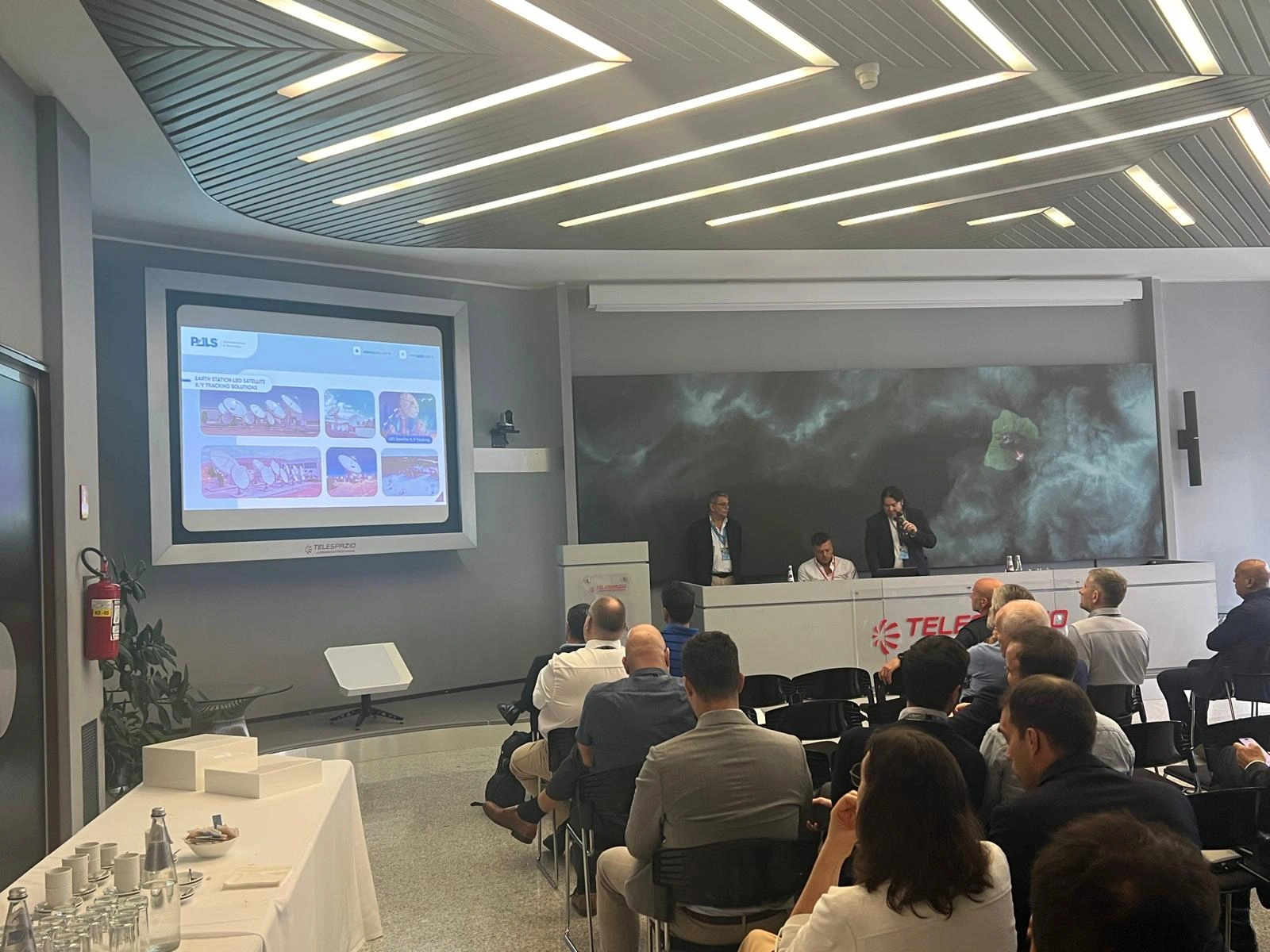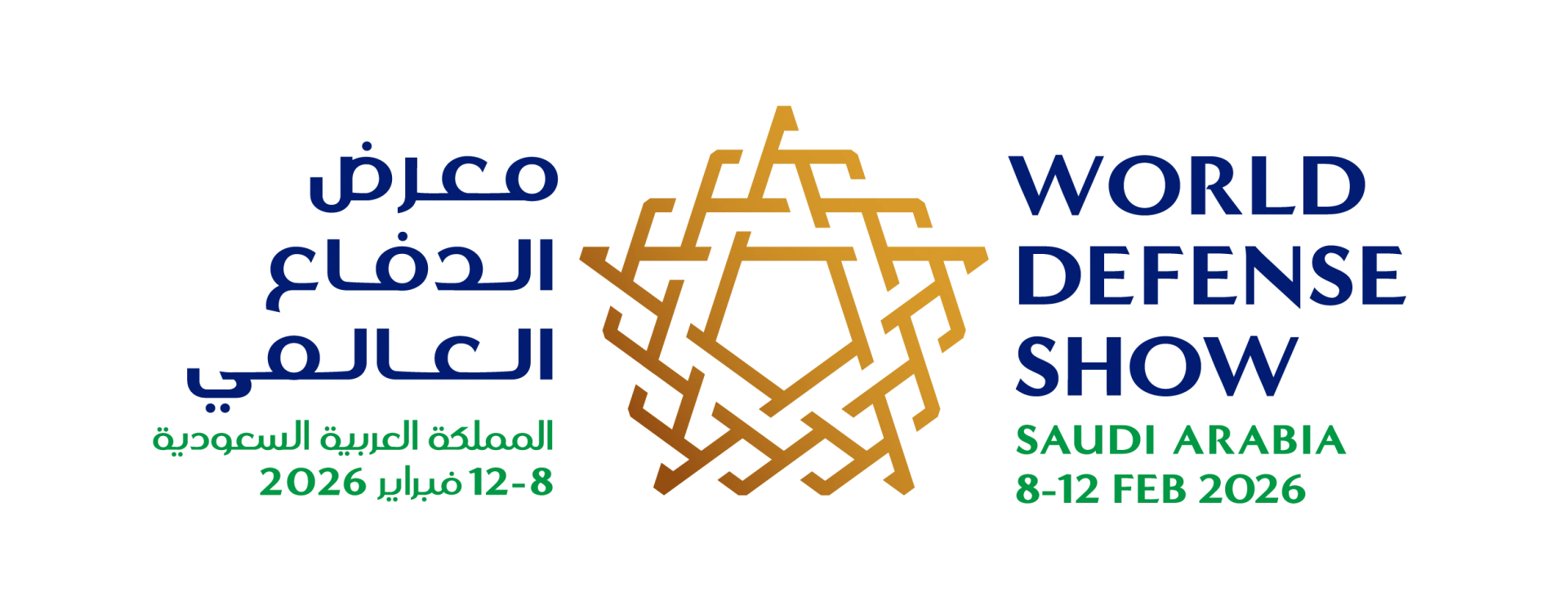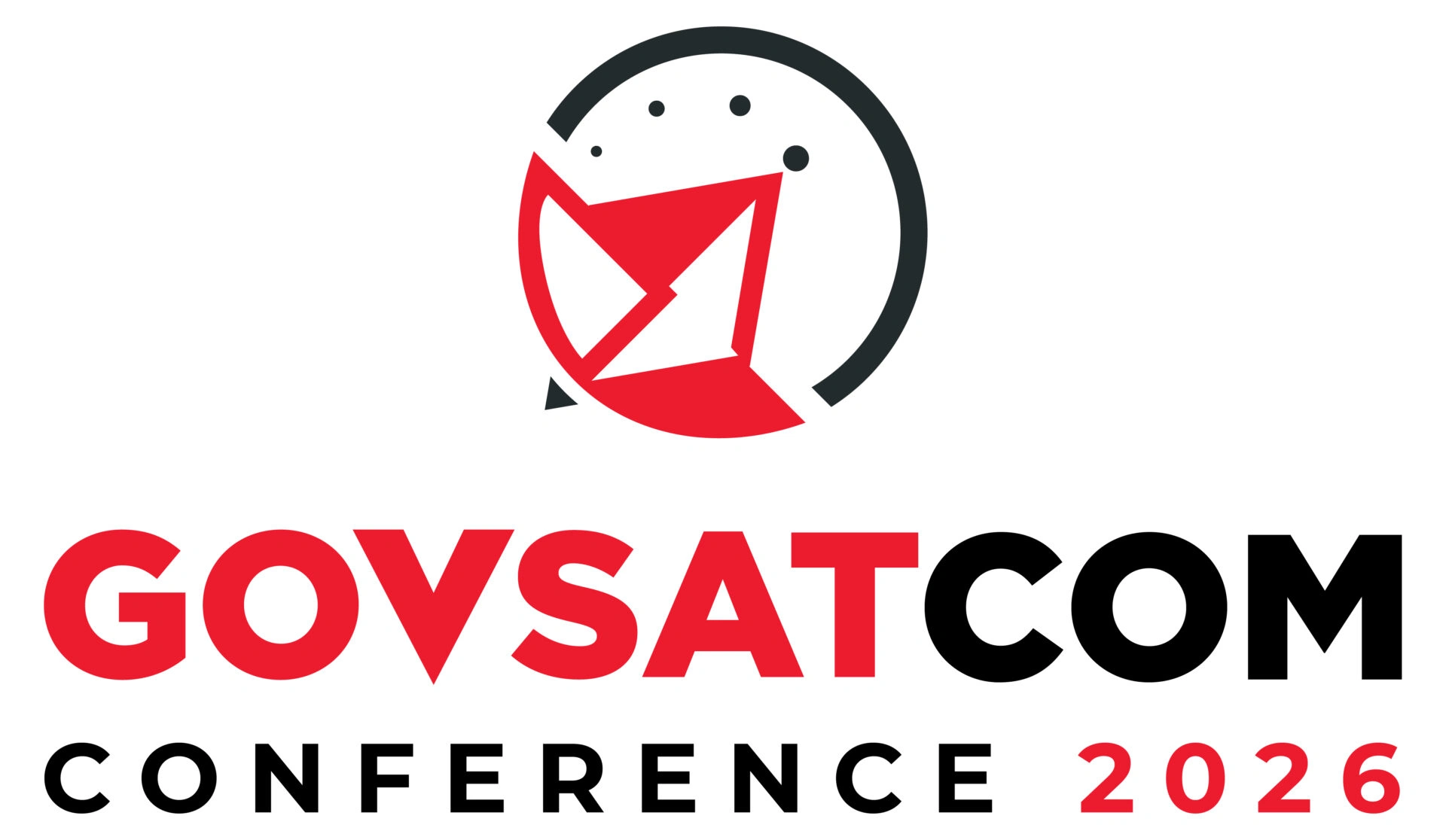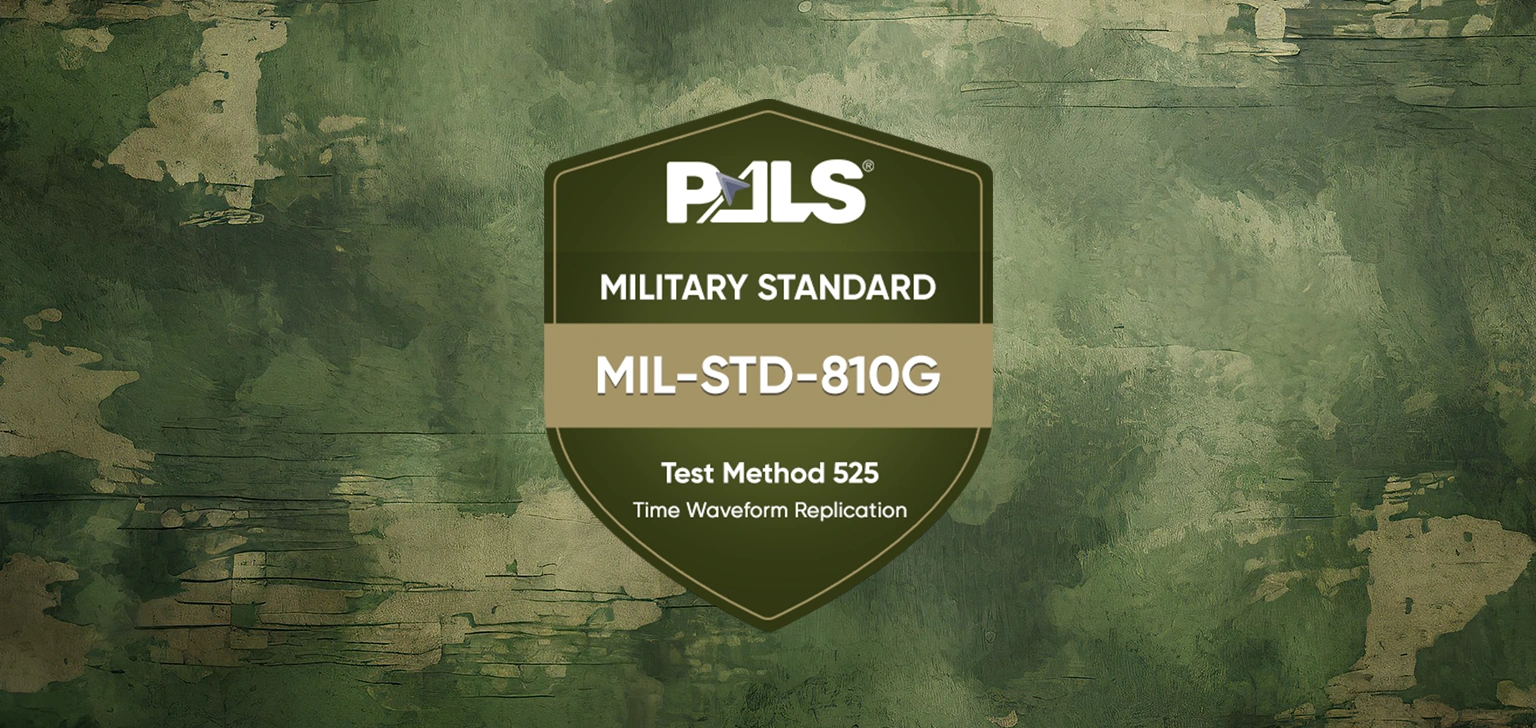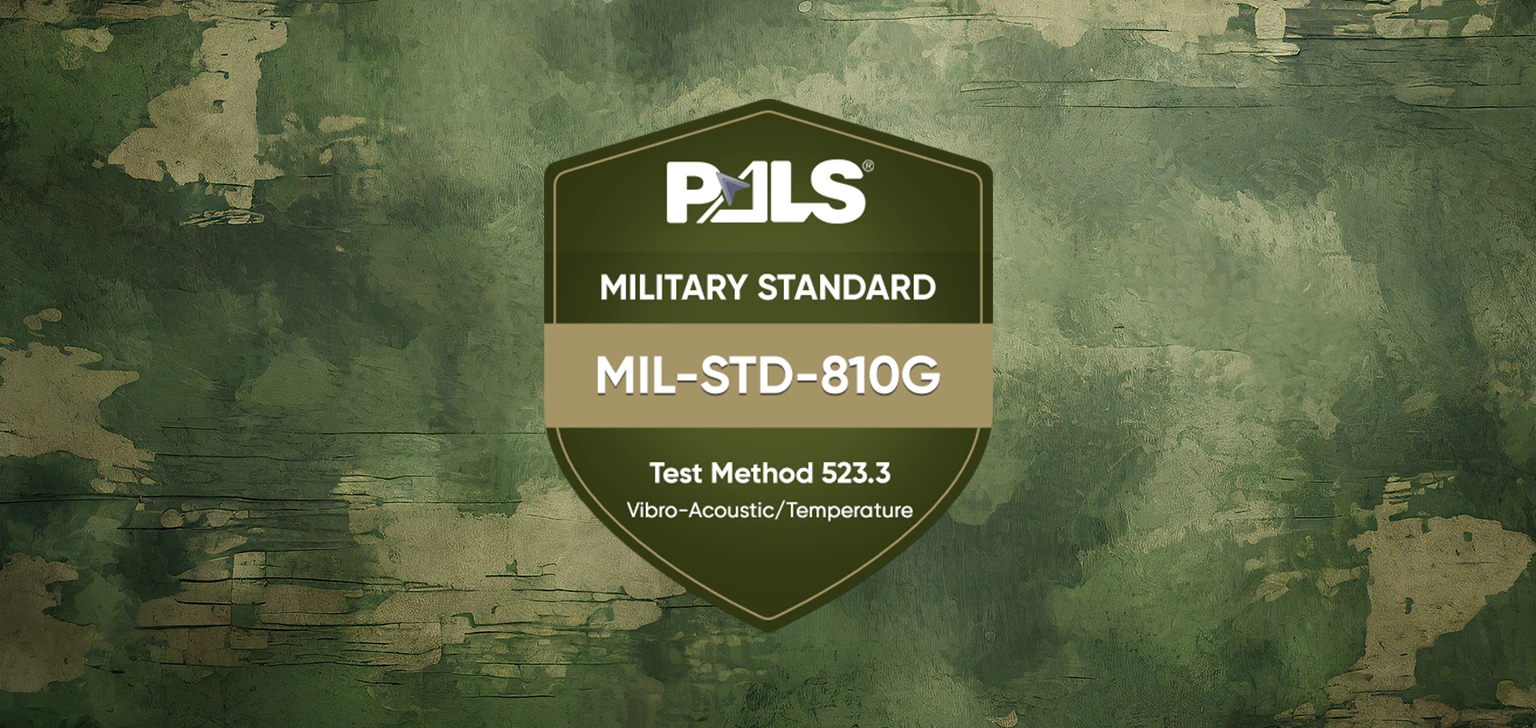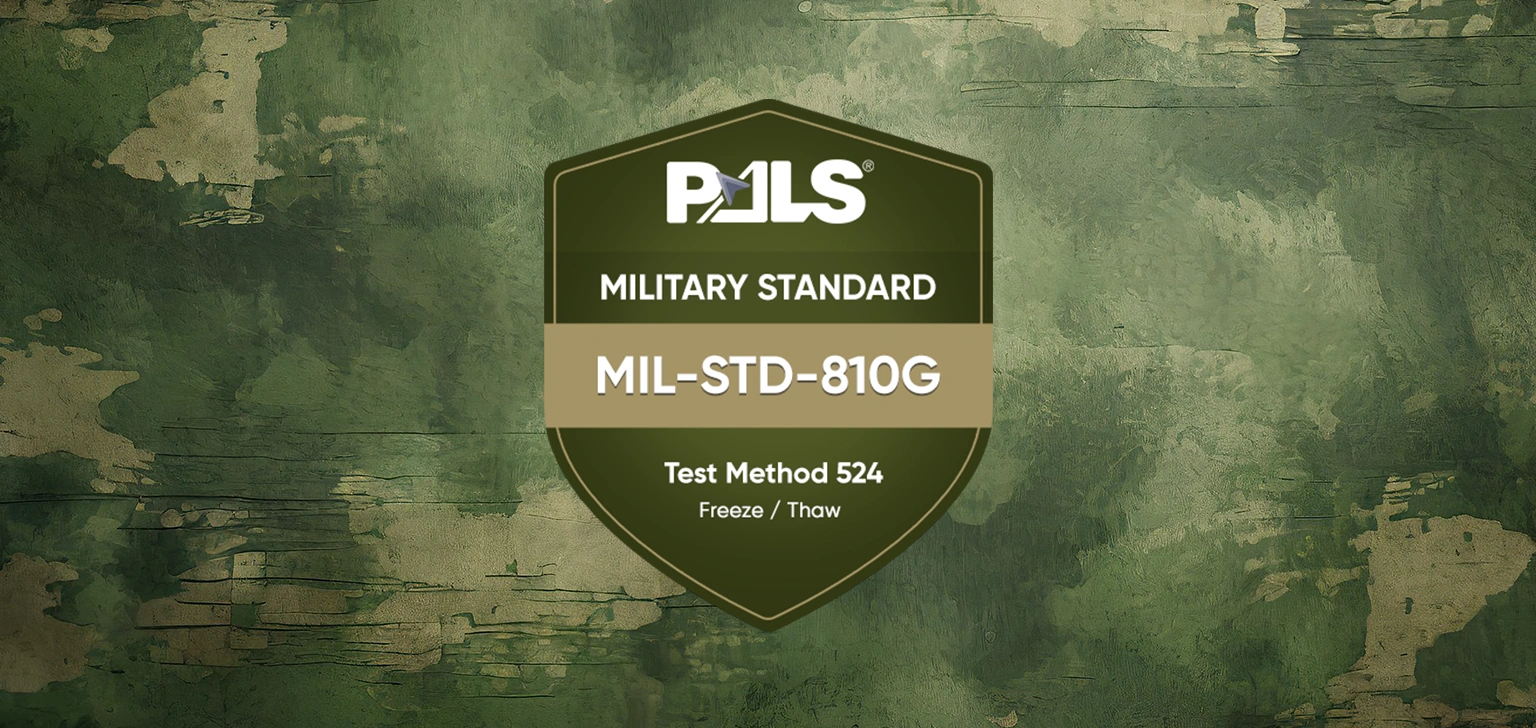
MIL-STD-810G Test Method 524 – Freeze / Thaw
The purpose of this test is to determine the ability of materiel to withstand:
a. The effects of moisture phase changes between liquid and solid, in or on materiel, as the ambient temperature cycles through the freeze point;
b. The effects of moisture induced by transfer from a cold-to-warm or warm-to-cold environment.

This test is applicable to materiel that will experience one or more excursions through the freeze point while wet or in the presence of moisture (free water or vapor). This test is not intended to evaluate the effects of low temperature, thermal shock, rain, or icing.
Test Procedure
Procedure I, Diurnal Cycling Effects - To simulate the effects of diurnal cycling on materiel exposed to temperatures varying slightly above and below the freeze point that is typical of daytime warming and freezing at night when deposits of ice or condensation, or high relative humidity exist. For Procedure I to be effective, frost must form on the test item surfaces during the temperature increase through the freeze point, and then melt just prior to re-freezing.
Procedure II, Fogging - For materiel transported directly from a cold to a warm environment such as from an unheated aircraft, missile or rocket, to a warm ground area, or from a cold environment to a warm enclosure, and resulting in free water or fogging.
Procedure III, Rapid Temperature Change - For materiel that is to be moved from a warm environment to a cold environment (freeze) and then back to the warm environment, inducing condensation (free water).
Temperature range
Use temperatures within the storage or operational range of the test item. Normally, the temperature cycle ranges between + 5°C and -l0°C (41°F and 14°F) for diurnal cycling effects, and -l0°C (14°F) to standard ambient (Part One, paragraph 5.1), but these vary as required to achieve the desired effects.
Number of cycles
A cycle is a change from one thermal-moisture condition to another and back to the original condition. Unless otherwise specified in the test procedure(s), hold the test item at each condition for a minimum of one hour following test item temperature stabilization. Unless otherwise justified by the materiel's life cycle profile, apply the following minimum number of cycles:
- Diurnal cycling effects (daily freeze-thaw): Twenty (see Part Three, Paragraph 5.9a).
- Cold-to-warm transfer (for free water or possible fogging): Three.
- Warm-cold-warm (for freezing and melting, rapid temperature change): Three.
Effects of the Environment
This test induces physical changes in or on the materiel that is not stationary. Examples of problems that could occur during this test are as follows:
- Distortion or binding of moving parts.
- Failure of bonding materials.
- Failure of seals.
- Failure of materials due to freezing/re-freezing of absorbed, adjacent, or free water.
- Changes in characteristics of electrical components.
- Electrical flashover/reduced insulation resistance.
- Fogging of optical systems during freeze-thaw transitions.
- Inability to function correctly due to ice adhesion and interference or blockage of moving parts.
DID YOU KNOW?
PALS Electronics has experts on all subjects of test engineering, mechanical or electronic design, environmental condition engineer, system engineer etc. PALS provides consulting, training, tailoring, test plan, test engineering, test services in all phases of your project. Please feel free if you have any questions or inquiries from https://pals.com.tr/contact
